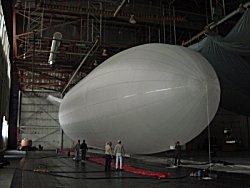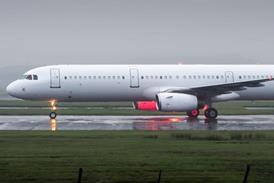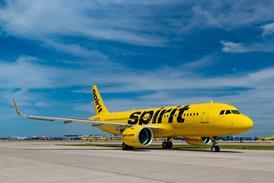Aerostar International’s 44.5m (146ft)-long HiSentinel stratospheric airship completed a 5h powered demonstration flight on 8 November, reaching an altitude of 74,000ft (22,600m).
 Launched from Roswell, New Mexico, it carried a 27.2kg (60lb) payload pod as part of its composite hull up to the “near-space” altitude.
Launched from Roswell, New Mexico, it carried a 27.2kg (60lb) payload pod as part of its composite hull up to the “near-space” altitude.
Designed to operate from remote sites, the airship is partially inflated with helium before it flies. As the airship rises the helium expands until it completely inflates the hull to the rigid aerodynamic shape needed.
Its propulsion system comprises pusher propellers powered by batteries and solar cells and is used to enable the airship to station-keep and reach its final destination.
“The next step is for an extended flight. It’s a spiral development programme, so that’s the next stage,” says Southwest Research Institute’s (SwRI) space systems assistant deputy director William Perry.
HiSentinel is the first airship delivered under the Composite Hull High Altitude Powered Platform (CHHAPP) programme.
CHHAPP is a collaborative effort between SwRI, the US Air Force Research Laboratory, Aerostar International and the US Army Space and Missile Command.
Its aim is to develop a family of long-endurance, autonomous solar-electric stratospheric airships capable of lifting 44kg to 440kg of communications, military and science payloads to near-space altitudes for longer than 30 days.
CHHAPP was preceeded by the Sounder programme, which developed another airship that did not have a composite hull.
ROB COPPINGER/LONDON
Source: Flight International




















